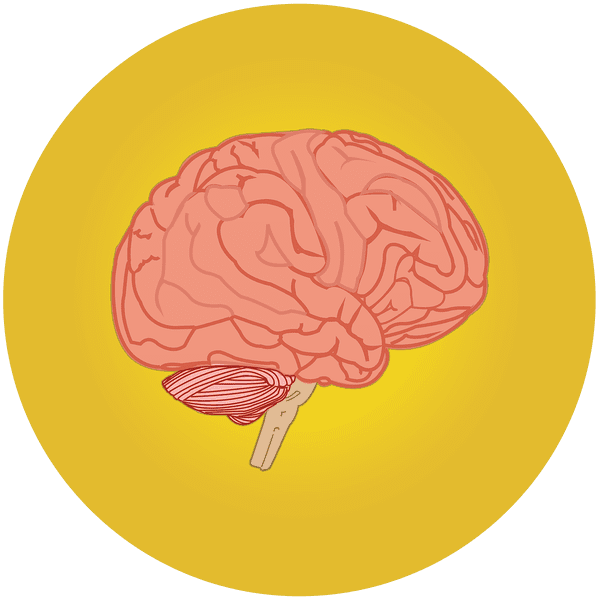Overview of the ABCD’s of Eating Disorders
Eating disorders are more prevalent in women although its prevalence continues to increase in men today. Alarmingly, the rate of children and youth being admitted to the hospital for an eating disorder increased by up to 119% in the past decade (Eating Disorders Coalition, Facts About Eating Disorders: What the Research Shows.). There is a great need to find ways to support children and youth. The four types of eating disorders include:
- Anorexia Nervosa
- Bulimia
- Compulsive Eating
- Dysmorphic (Body)
Anorexia Nervosa is usually identified with a bodyweight that is at least 15% below the expected body weight with a fear of gaining weight (Galmiche, Dechelotte, Lambert, & Tavolacci (2019). Anorexia Nervosa may be a genetic family pattern. It may be difficult to identify this eating disorder until the child is below their normal weight. In the beginning, the child, youth or adult may say they are not “hungry” or that they “already ate” or “are not feeling well” or may appear to eat but leave food on the plate. It is important to notice patterns, especially with children and youth.
Bulimia nervosa has two different sub-types (Sim, Alpine, Grothe, Himes, Cockerell,& Clark, 2010). The first is a purging subtype that occurs when a person may eat a large quantity of food, such as eating an entire cake or pizza, in a very quick period of time followed by one of the following: self-induced vomiting or laxatives. The non-purging type is when the person eats large quantities of food and then engages in excessive exercise, fasting, or a very strict diet. Bulimia nervosa is challenging to identify because most people do not lose abnormal weight. This disorder does impact the body system and metabolism over time.
Compulsive eating, or binge-eating, is similar to bulimia nervosa except that the person does not engage in purging activities or non-purging activities to try and rid the excess weight (Sim, Alpine, Grothe, Himes, Cockerell,& Clark, 2010). The person who compulsively eats may also suffer depression and shame because, similar to anorexia nervosa, the change in the body is evident. The person may feel disgusted, guilt, or sadness after they binge-eat a variety of foods within a short amount of time.
Dysmorphic (Body) image is when a person cannot see how they really look in the mirror and may continuously be trying new diets or health plans due to this ongoing dissatisfaction. Often, a person with dysmorphic body image may have several eating disorders over a period of years for different reasons. For example, a person with anorexia nervosa may look in the mirror and see their body size appear larger than it actually is in reality.
Galmiche, M., Dechelotte, P., Lambert, G., & Tavolacci, M. P. (2019). Prevalence of eating disorders over the 2000-2018 period: a systematic literature review. American Journal of Clinical Nutrition, 109(5), 1402-1413.
Hoek, H. W. (2016). Review of the worldwide epidemiology of eating disorders. Current Opinion in Psychiatry, 29(6), 336–339.
Sim LA, McAlpine DE, Grothe KB, Himes SM, Cockerill RG, Clark MM. Identification and treatment of eating disorders in the primary care setting. Mayo Clin Proc. 2010;85(8):746-751. doi:10.4065/mcp.2010.0070


